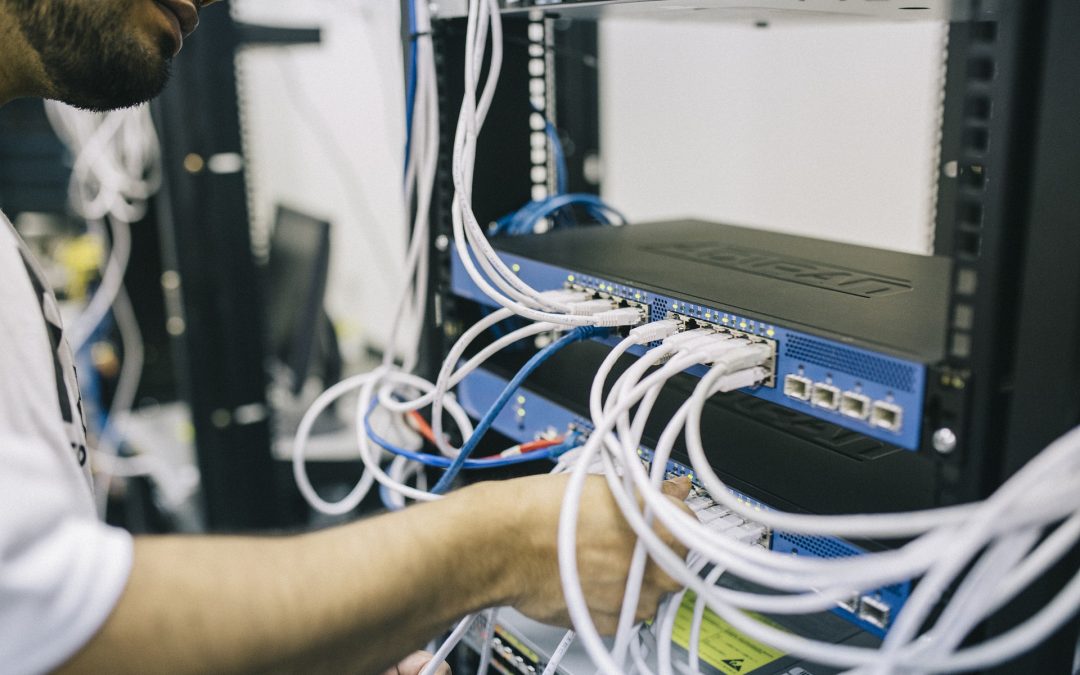Though IT security has been a high-profile topic for quite some time, especially in recent weeks with issues once again grabbing headlines, the very concept of securing data, for the most part, has been more of a secondary consideration. Often, this is simply due to the fact that many developers tend to be more focused on other elements, like web design and functionality. IT security concerns are no longer taking the backseat, however.
Before this recent shift in awareness, those working to support cybersecurity were often left to believe their battle was with design and architecture issues. However, what we’re all just coming to understand is that network architecture actually directly affects IT security. With information like this, we can no longer simply let cybersecurity fall behind as a secondary consideration.
Whether we’re aware of it or not, most businesses face some type of security challenge. Sure, most networks have their outer perimeters secured with the most basic of measures, but it’s only just a shell that when cracked open spills out information faster than you could ever see coming. It’s what many describe as a “flat” network when it comes to security.
A network’s security should never be flat. There should be hidden mountains and valleys, rivers and lakes of varied, locked-down security measures. So, how can you ensure your network’s security? First, you’ll have to familiarize yourself with key security issues. This knowledge alone will help you make better, more informed decisions about how you will keep your network safe. Web security is obviously a significant investment for your business, so you want to make sure you know what you’re getting into.
When you work with Realnets to improve your company’s network security, we’ll make sure that you are informed every step of the way. Contact us today to discuss your corporate computer network needs with a Realnets expert.
What is Network Architecture?
The term network architecture refers to the way that your data communication networks have been designed and built. This includes everything you can think of: hardware, software, mode of transmission (that is, wired vs wireless), and more.
Networks are classified according to the area they cover. You’ve surely heard terms like “LAN” and “WAN”. These are acronyms, and they refer to local area network and wide area network, respectively.
The layout of all of these component parts affects security in ways you may never have considered without the help of an expert. For example, have you ever noticed that businesses compartmentalize visitor wifi use? That’s why many of those networks are labeled “Guest”. It keeps the primary connection safe and operating at peak efficiency.
That’s a very minor and commonplace example of how network architecture affects cybersecurity. In general, the more sensitive your data is, the more vulnerable you are to cyber attack. Cybercriminals want what you’re trying to protect the most, and they’ll do whatever they can to get to those critical data centers. Weak or poorly-planned architecture is often a prime opportunity.
In our next article, we’ll take a look at a few of the ways that networks can be protected and how you can account for the risks associated with human error. In the meantime, if you’re concerned about your network security, contact a Realnets team member right away.


Recent Comments